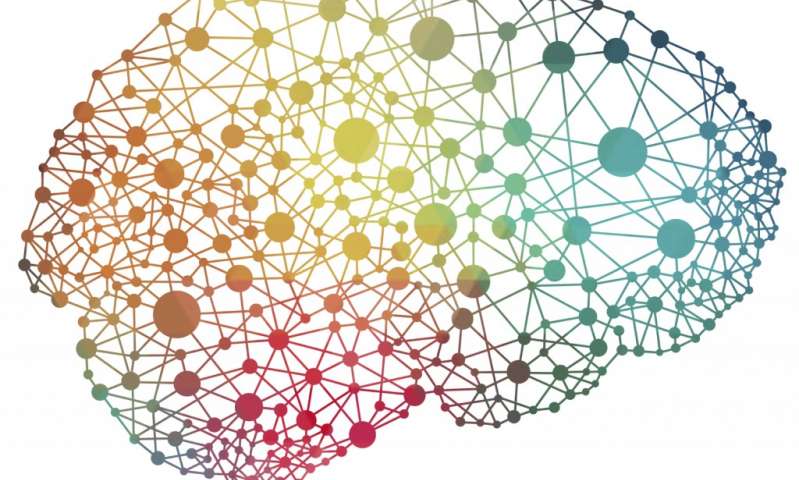
Correlations
Correlations
The technique which is used to examine and investigate a potential link between two measured variables is called a correlational analysis.
It is important to note how correlations are useful when it is only possible to measure variables rather than manipulate them. That is because in that situation a cause-and-effect relationship does not exist and thus an experiment cannot be conducted. Furthermore, if and any link is found between two variables in a correlation cannot be assumed to be a causal relationship. We cannot assume that one variable is the reason that there is change in another variable.
For example:
If we are to investigate a relationship between ‘unemployment’ and ‘rate of criminal activity’ then it is important to operationalize them, so that they may be measured as it is nearly impossible to manipulate them practically. That is because of the extent of their scope and also how there may be other influencing factors such as poverty, social atmosphere, etc. Thus, a cause cannot be determined.
In order to look for or establishing a correlation between two variables, each variable must exist over a range/spectrum and it must be possible to measure them numerically. To collect data and information for correlations all of the above mentioned research methods are used (self-reports, observations, etc.
It is important to note that before assuming that one correlation is the cause of increase in a variable which in turn has caused an increase in the other variable – there are other factor factors that might respectively cause changes in both variables.
All that is possible to be established is that the two variables that exist in a relationship vary together, not that there exists a causal relationship between them, as it even may coincidental. As a result, in a correlation there are ‘measured variables’ or ‘co-variables’ rather than dependent and independent variables.
In order to make decisions or conclusions about causality, an experiment has to be conducted so that there is more certainty about the manipulation of one variable that has caused the change in the other. However, if a correlational study is conducted and it is found that there is no linkage between the two variables, then it is possible to establish that there is no causal relationship.
The relationship’s nature between the two variables in a correlation can be described in terms of its directions – positive or negative.
In a positive correlation, the two variables present increase together, in the same direction, so higher values on one variable consequently correspond with higher value on the other (directly proportional). For example, a positive correlation would be between exposure to aggressive models and violent behavior – greater exposure to aggressive models would result in increased violent behavior (as witnessed in Bandura et al.’s study).
In a negative correlation, the two variables present increase and decrease together consequently (inversely proportional). Higher values on one variable consequently correspond with lower value on the other. For example, a negative correlation might exist between ‘Obesity’ and ‘Low income’ – with higher levels of obesity being observed with lower levels of income, given low-quality food with next to zero nutritional value is often cheap such as fast food, candy, etc.
Correlational Coefficient
It is a number between -1 and +1 that states how strong a correlation is, if it is close to 0 then there is very little connection between the two variables at all.
| If it is approaching +1 there is a positive correlation aka the variables are directly proportionate, with the both of them increasing as a consequence of one’s increment. (or decrement). | If it is approaching -1 then there is a negative correlation aka the variables are inversely proportionate, with the both of increasing/decreasing as a consequence of the other decreasing/increasing. |
Evaluating correlations
A correlational study can only be effective/valid if the measures of both variables test real occurrences. For this, the variables must be clearly well-defined and relate directly to the relationship that is being investigated.
The reliability of the correlation is dependent on the consistency of the variables. For some correlations, such as those which utilize scientific scales – the measures will be high in reliability (as they can be tested again and results will be objective).
For other cases, in which variables were measured using techniques such as self-reports or observations, there is the plausible risk that reliability will be lower (as it will be difficult to replicate and results will be subjective).
One of the most important aspect to consider with correlations is that conclusions do not necessarily reflect a causal relationship. (CORRELATION DOES NOT MEAN CAUSATION.)
Correlations are however a good opening argument for conducting or studying a research. They can indicate and even confirm that whether an existing relationship might be worth investigating with methods of research such as experiments. They are useful because they facilitate researchers to explore and then navigate problems (hypothetically) when it is not practically or ethically possible to conduct experiments.
Advantages:
• The main straight of a correlation is that it can provide precise information about the degree of a relationship’s variables.
• Study behavior that is otherwise difficult/impossible to study.
• Collect quantitative data for statistical analysis which will help in determining whether the data supports the study or not.
Disadvantages:
• The main weakness of a correlation is that it is inconclusive i.e. it cannot show cause-and-effect (which variables control which).
• No control over other influencing factors and variables.
Things To Remember:
- Cause-and-effect relationship/Causal relationship: It is relationship where one event/instance causes another one to happen. The cause however, has to occur before the event. This explains the relationship.
- Correlation: It is the relationship where the two present variables are used to predict and examine a relationship, to explain it.
Correlation Does Not Mean Causation.
